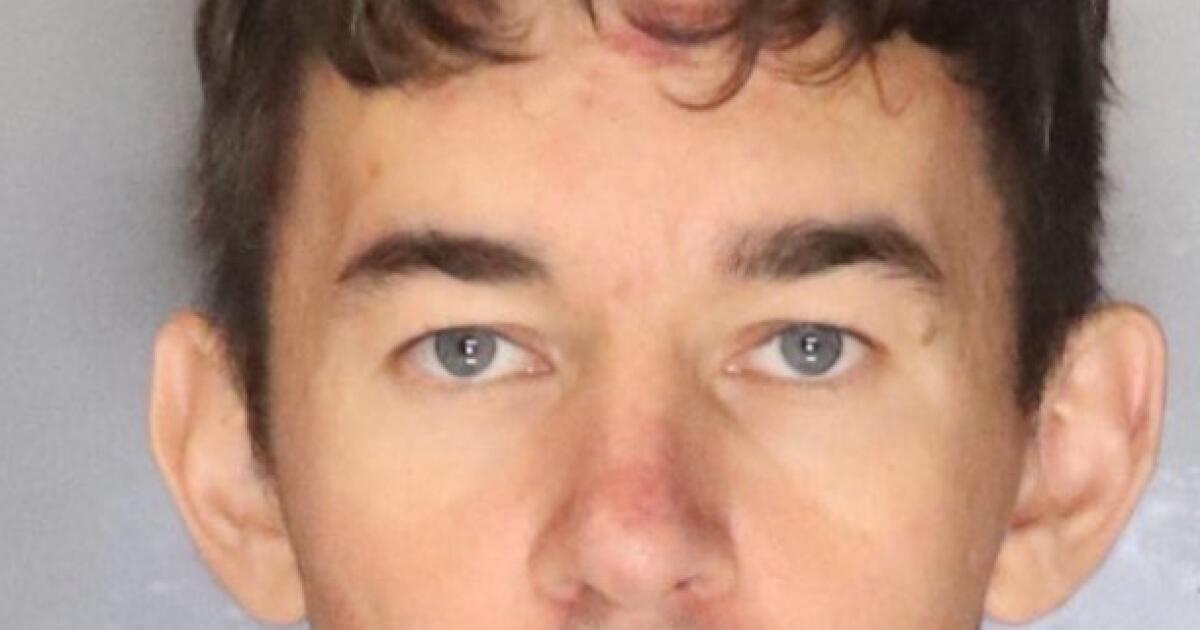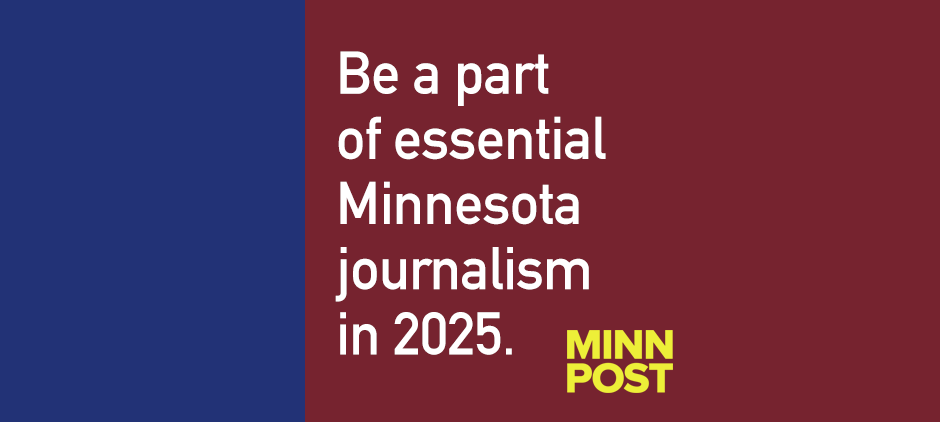In the days following Donald Trump’s win for a second term as president, wildfires were already making their presence known. Flames tore through neighborhoods in Southern California, while on the East Coast, smoky skies darkened New York and New Jersey. For many, it was a troubling reminder: wildfires aren’t waiting for anyone—not even a new president.
As America continues to face longer fire seasons and thicker clouds of smoke, the challenges are stacking up. Federal firefighters are stretched too thin, fire prevention costs are skyrocketing, and millions risk losing their home insurance because of the growing destruction. Meanwhile, the landscapes we cherish and the homes we’ve built are burning faster than ever.
But what’s Trump’s plan for tackling this fiery crisis? So far, he hasn’t shared much. Instead, he’s focused on promises of deregulation—cutting government rules—and reducing the role of agencies that handle emergencies like wildfires. Many experts fear these moves could make an already tough situation much worse.
Looking Back: Trump’s First Term and Wildfire Challenges
During Trump’s first presidency, his approach to wildfires was, well, controversial. After devastating fires in California, including the tragic Camp Fire that killed 85 people in 2018, Trump shifted blame to the state itself.
“You gotta clean your floors, you gotta clean your forests,” he said, suggesting California hadn’t done enough to clear dead trees and leaves, which he called “so flammable.” That year, wildfires burned a record 10.2 million acres across the U.S. His comments frustrated experts who said the problem was far more complex than sweeping up dry leaves.
Trump also resisted strategies that scientists and forest managers recommended, like carefully removing overgrown vegetation, protecting old-growth forests, and using controlled burns to prevent bigger fires. Instead, he pushed for more logging, which some worry could harm forests instead of helping them.
What’s Next: New Challenges Under Trump 2.0
Now, as Trump gears up for his second term, the wildfire crisis has grown worse. Experts are divided on whether Trump’s focus on cutting government rules could help or hurt. While some say it might speed up much-needed forest treatments, others worry it could lead to reckless decisions.
One of the biggest concerns is firefighter pay. Federal firefighters—who battle the nation’s biggest wildfires—earn shockingly low wages, often less than what a fast-food worker makes. President Biden had temporarily raised their pay, but those increases are set to expire soon. If they’re not made permanent, many firefighters may quit—right when their skills are needed most.
“We need a well-funded, professional firefighting team that can handle fires year-round,” said Jonathan Golden, a leader in a group advocating for federal firefighters. “Otherwise, we’re going to struggle even more.”
A Political Wildfire in the Making
Another big issue is how Trump might handle disaster funding. During his first term, he threatened to withhold federal money from California and other Democratic-led states after major wildfires. This time, his plans could go even further.
His team, following a conservative blueprint called Project 2025, is considering shifting most disaster costs to state and local governments. That could mean less federal help for states like California, where wildfires are a constant threat. There’s even talk of cutting funds for agencies like FEMA, which helps communities recover from disasters, and NOAA, which provides crucial weather forecasts.
Trump’s picks for key cabinet positions don’t inspire much confidence either. His choices for the Environmental Protection Agency and Department of the Interior are known for opposing climate change measures. Experts fear they’ll prioritize deregulation and resource extraction over protecting public lands and addressing climate issues.
Why It Matters: Fires Don’t Stop at Borders
California is already preparing for Trump’s second term by doubling down on its own fire prevention efforts. Voters recently approved a $10 billion climate bond to fund wildfire prevention and mitigation. But as experts point out, fires don’t respect state lines.
“If the federal government steps back, states like California will struggle to handle this on their own,” said Julia Stein, a climate expert at UCLA. “The effects of inaction will be felt across the country and even globally.”
The bottom line? Wildfires are a growing crisis, and with Trump returning to the White House, many worry the response might be slower, less effective, and more politically charged than ever. With smoky skies and rising risks, the stakes have never been higher.








Leave a Reply